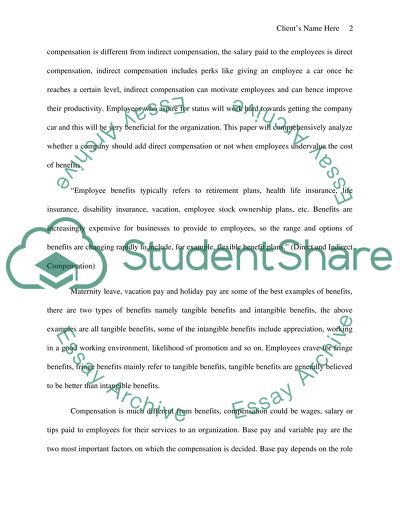Cite this document
(Direct and Indirect Compensation in Organizations Coursework, n.d.)
Direct and Indirect Compensation in Organizations Coursework. Retrieved from https://studentshare.org/human-resources/1461452-human-resource
Direct and Indirect Compensation in Organizations Coursework. Retrieved from https://studentshare.org/human-resources/1461452-human-resource
(Direct and Indirect Compensation in Organizations Coursework)
Direct and Indirect Compensation in Organizations Coursework. https://studentshare.org/human-resources/1461452-human-resource.
Direct and Indirect Compensation in Organizations Coursework. https://studentshare.org/human-resources/1461452-human-resource.
“Direct and Indirect Compensation in Organizations Coursework”, n.d. https://studentshare.org/human-resources/1461452-human-resource.


